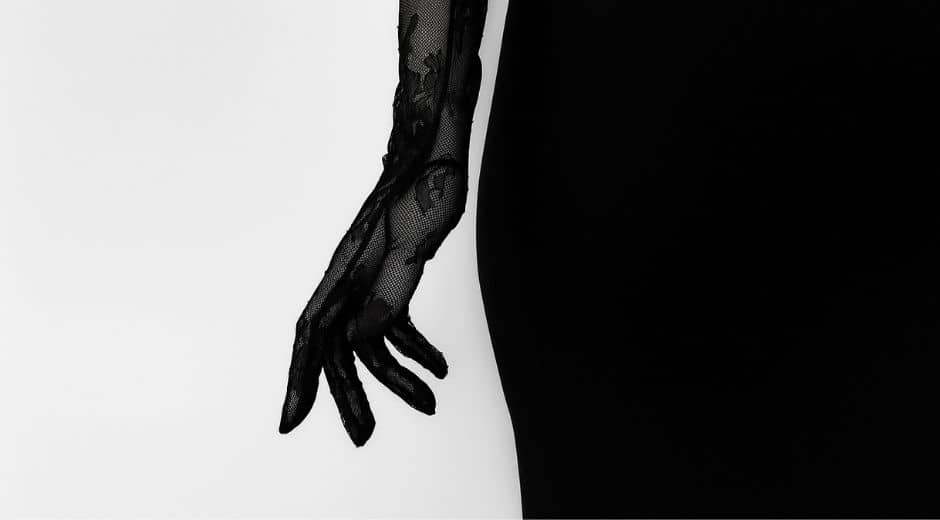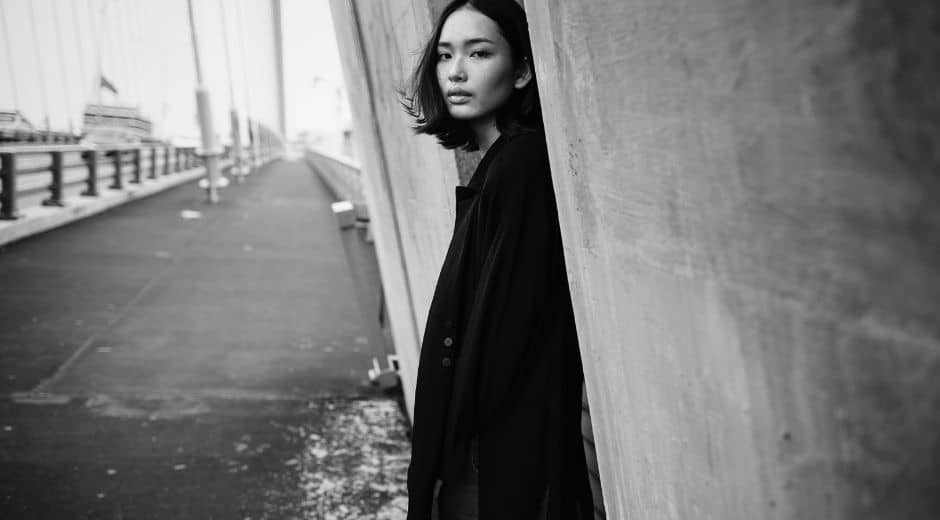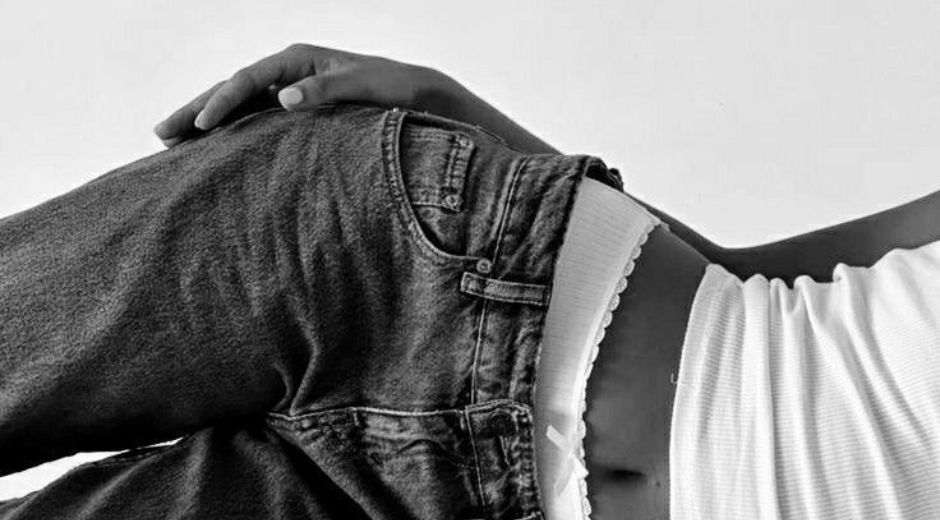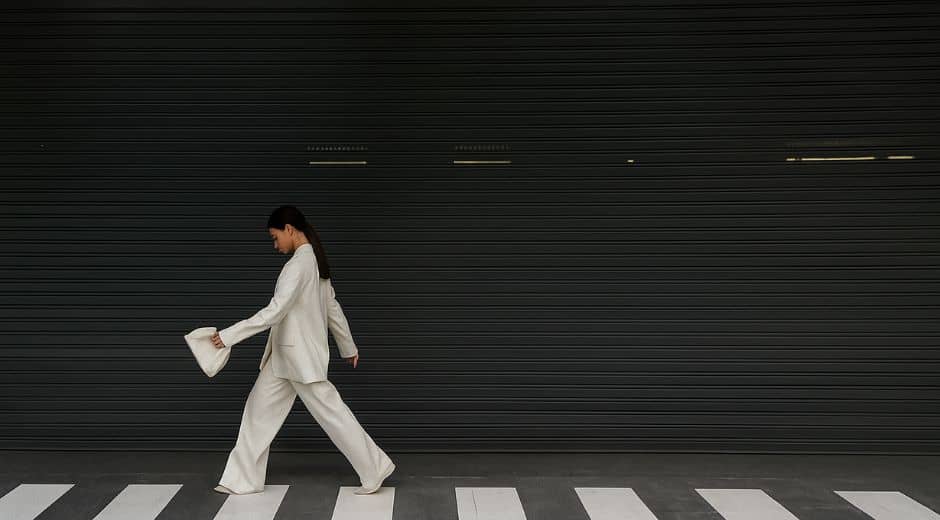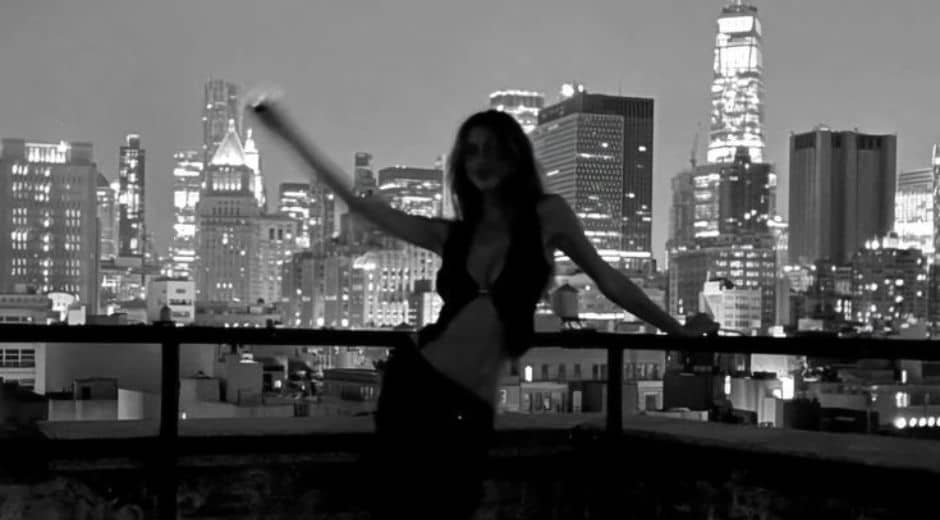Mastering Form Balance: The Art of Modern Style Harmony
In the evolving world of fashion, one principle quietly defines every outfit that feels effortlessly right: Form Balance. It is the invisible structure behind great style, the harmony between shape, texture, and movement. When achieved, it turns clothing into expression, transforming appearance into attitude.
This concept goes beyond aesthetic coordination. It represents how each element of an outfit fabric weight, silhouette, color contrast, and structure interacts with the body. Whether through tailored lines or relaxed flow, it determines how confident and composed a look feels.
Understanding Form Balance
At its core, is about visual rhythm. Every outfit has a flow, a relationship between fitted and loose, solid and soft, simple and detailed. Striking the right balance creates visual comfort and intrigue, while imbalance can make even the most expensive outfit appear awkward.
Designers and stylists describe it as a dialogue between structure and freedom. The goal isn’t symmetry, but proportion understanding how to offset one element with another so that the result feels cohesive.
In 2025, it defines modern elegance. It’s the key reason why minimalism remains powerful and why tailored garments continue to dominate. When a design achieves balance, it flatters not only the body but the mood.
The History of Form Balance in Fashion
From ancient drapery to couture tailoring, fashion history has always revolved around it. The Greeks perfected proportion through fluid garments that followed natural movement, while the Renaissance celebrated volume and geometry. In the twentieth century, modern designers like Balenciaga and Dior mastered structure, creating balance through sculptural lines.
Today’s fashion blends all these influences, merging comfort with architectural clarity. Streetwear meets sophistication, oversized meets fitted, and utility pieces merge with couture. The thread connecting them all is still Form Balance the careful orchestration of how pieces coexist.
The Power of Shape and Proportion
Every stylish outfit begins with awareness of proportion. A wide-leg pant paired with a cropped top, or a structured blazer over a flowing dress, reflects perfect. These contrasts highlight body movement and create deliberate visual hierarchy.
According to Vogue, stylists in 2025 focus heavily on proportion, favoring clean lines and smart layering over excess detailing. This trend underlines how it defines confidence through precision rather than decoration.
Learning to master shape relationships makes styling intuitive. When proportions align with posture and personality, fashion becomes more than appearance it becomes self-expression.
Emotional Design and Movement
Fashion psychology shows that balance in design mirrors balance in emotion. When you wear clothing that feels centered and proportionate, it naturally influences confidence and calmness. It doesn’t just look right, it feels right.
Think of a soft silk blouse tucked into structured trousers. The contrast between fluid and firm creates a tactile dialogue. This mix of comfort and control mirrors emotional steadiness, allowing the wearer to project authenticity.
Designers like The Row and Jacquemus have built entire aesthetics around this concept. Their pieces move gracefully with the body, proving that is as much about sensation as it is about sight.
How to Create Form Balance in Everyday Style
Achieving Form Balance isn’t reserved for professionals. Anyone can apply it by following a few simple principles:
Balance volume: Pair wide silhouettes with slim-fitting pieces to maintain harmony.
Contrast textures: Combine matte with glossy or soft with structured for visual depth.
Anchor your look: Use one statement piece a coat, belt, or shoes as a focal point, letting other items support it.
Mind proportions: Check how garments align with your frame. The hemline, shoulder width, and waistline are key markers of balance.
Respect movement: The outfit should move naturally with your body, enhancing comfort and grace.
When all elements coexist harmoniously, it transforms even the simplest outfit into a masterpiece of design awareness.
Form Balance and Modern Identity
Today’s generation uses fashion as language, expressing individuality through structure and flow. Oversized blazers paired with fitted pants, sculptural skirts offset by minimal tops, and asymmetrical dresses define this new era of expressive Form Balance.
Gender-fluid design has further expanded its potential. By blurring the lines between masculine and feminine shapes, designers show that balance isn’t about conformity but fluidity. The modern wardrobe celebrates diversity of shape and form, allowing everyone to find their equilibrium.
Sustainability Through Balance
Another fascinating aspect of it is its connection to sustainability. Instead of consuming trends rapidly, fashion enthusiasts are investing in timeless shapes that can be styled endlessly. Well-balanced designs don’t expire; they adapt.
A high-quality white shirt, tailored coat, or wide-legged trouser remains relevant because of its proportion. These pieces embody Form Balance and can anchor entire wardrobes, minimizing the need for constant replacement.
To explore more about sustainable design principles and wearable proportions, you can visit Styleradarpoint. For additional guides on conscious fashion and emerging balanced aesthetics, check EcoGlobalo.
The Artistic Side of Form Balance
Beyond practicality, it holds artistic significance. It turns dressing into composition. The same way painters use negative space or musicians balance tempo, stylists use structure and flow to build emotion.
When you see an outfit that feels “complete,” it’s rarely because of the brand or color it’s because its form is resolved. That harmony engages the eye and creates emotional satisfaction, a universal response to proportion done right.
Global Influence
Around the world, fashion cultures interpret it differently. Japanese designers explore asymmetry, layering, and tension; Scandinavian design emphasizes simplicity and clean proportion; Parisian fashion relies on structure softened by fluid movement. Each culture celebrates balance through its own lens, proving the universality of the principle.
As global fashion dialogues continue to merge, these distinct perspectives enrich the modern aesthetic, making it not a rule but a creative freedom.
The Future of Form Balance
Looking forward, Form Balance will continue to guide both traditional and digital fashion. Virtual design now simulates real-world physics, ensuring clothes fall and move naturally on digital avatars. This digital craftsmanship relies heavily on understanding weight, movement, and visual equilibrium.
Technology and tradition are merging to preserve the essence of Form Balance while exploring new frontiers. The future of fashion will always evolve, but harmony will remain its foundation.
Final Thoughts
True style is not about excess, it’s about equilibrium. Form Balance captures that truth perfectly, reminding us that beauty exists in proportion, not abundance.
When every curve, cut, and fold aligns with purpose, the result feels instinctively right. To master Form Balance is to understand yourself poised, centered, and effortlessly expressive. Fashion may change, but balance will always remain timeless.
Elegance Insight Expression
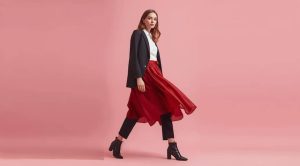
Mastering Form Balance: The Art of Modern Style Harmony
Discover how Form Balance shapes today’s modern style, blending proportion, flow, and confidence into timeless, wearable elegance.

Texture Revolution: How Fabrics Are Defining 2025 Trends
Explore how Texture is reshaping 2025 fashion trends, blending craftsmanship, contrast, and sensory appeal to create dynamic modern looks.

Redefining Minimalism: The New Power of Subtle Fashion
Minimalism in fashion is evolving into a modern statement of quiet confidence. Discover how to style simplicity with intention, balance, and bold refinement.

The Secret to Lasting Radiance: Modern Beauty Beyond Skin
Discover how to achieve lasting radiance through mindful beauty, modern skincare, and balanced lifestyle choices that glow from within and beyond appearance.








